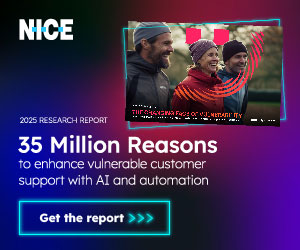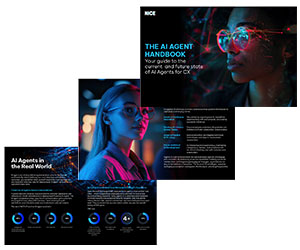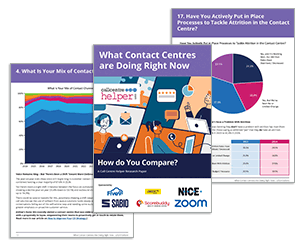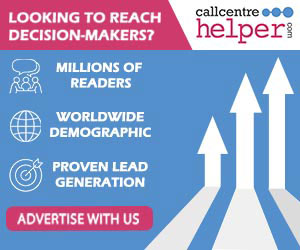A new survey from NICE has revealed a growing crisis in consumer vulnerability across the UK, with millions of people unaware of their own at-risk status.
The second annual report on customer vulnerability found that 19% of UK consumers now identify as vulnerable, an increase of over one million people since 2024.
However, Financial Conduct Authority (FCA) criteria suggest that two-thirds of UK adults, equivalent to 35 million people, could be classified as vulnerable, often without realizing it.
Richard Bassett, VP of Digital & Analytics at NICE, warned that this lack of awareness poses a major challenge for UK businesses. “With regulations like the FCA’s Consumer Duty Act and Ofgem’s Vulnerability Strategy, organizations must be proactive in identifying and supporting vulnerable customers.”
The research highlights a significant generational divide, with younger adults showing greater awareness of their vulnerability.
Among those under 34, 31% identified as vulnerable, compared to just 19% across all age groups. Younger consumers were also more comfortable discussing mental health with customer service agents.
Despite this trend, NICE’s President Darren Rushworth cautioned against relying on self-identification alone. “Many people either don’t realize they are vulnerable or feel too embarrassed to disclose it. Even when warning signs appear, they are often missed due to a lack of training or disconnected workflows.“
Financial pressures, particularly rising energy and utility costs, remain the biggest drivers of vulnerability. The survey found that 35% of at-risk consumers expect to cut back on heating and hot water in 2025 due to financial strain.
However, other factors, such as mental health challenges (34%) and relationship breakdowns (28%), also contribute to customer vulnerability but are less likely to be openly discussed with service providers.
“With financial strain affecting people across all demographics, UK organizations – especially in energy and utilities – must leverage AI-powered solutions to ensure vulnerable customers get the right support,” Rushworth said.
The survey also found a shift towards digital customer service among vulnerable consumers, with 37% preferring AI-powered chatbots and digital support over in-person services, higher than the 33% preference among the general population.
Bassett noted that digital platforms offer a level of anonymity that can make it easier for customers to seek help. “AI-driven chatbots and virtual agents can quickly and accurately assist vulnerable consumers, but they must be designed to detect subtle cues of distress and escalate cases appropriately.”
The findings suggest that businesses may need to consider AI-driven tools to better support vulnerable customers. By analysing customer interactions, AI can detect signs of vulnerability and guide agents in providing the right support.
“Addressing consumer vulnerability requires more than just compliance, it demands smarter digital experiences and proactive intervention,” Bassett concluded. “With AI and automation, businesses can ensure no vulnerable customer is overlooked while also meeting regulatory requirements like the Consumer Duty Act.”
The full report is available for download here
NICE Survey Results – Is AI Key to Identifying Vunerable Customers?
If you want to find out more about NICE’s survey results, watch the video below, where Call Centre Helper’s Megan Jones interviews Richard Bassett, VP of Digital & Analytics at NICE:
For more information about NICE - visit the NICE Website
Author: Hannah Swankie
Reviewed by: Megan Jones
Published On: 29th Jan 2025 - Last modified: 4th Feb 2025
Read more about - Latest News, NICE, NICE CXone, Richard Bassett






 NICE is a leading global enterprise software provider that enables organizations to improve customer experience and business results, ensure compliance and fight financial crime. Their mission is to help customers build and strengthen their reputation by uncovering customer insight, predicting human intent and taking the right action to improve their business.
NICE is a leading global enterprise software provider that enables organizations to improve customer experience and business results, ensure compliance and fight financial crime. Their mission is to help customers build and strengthen their reputation by uncovering customer insight, predicting human intent and taking the right action to improve their business. 






























